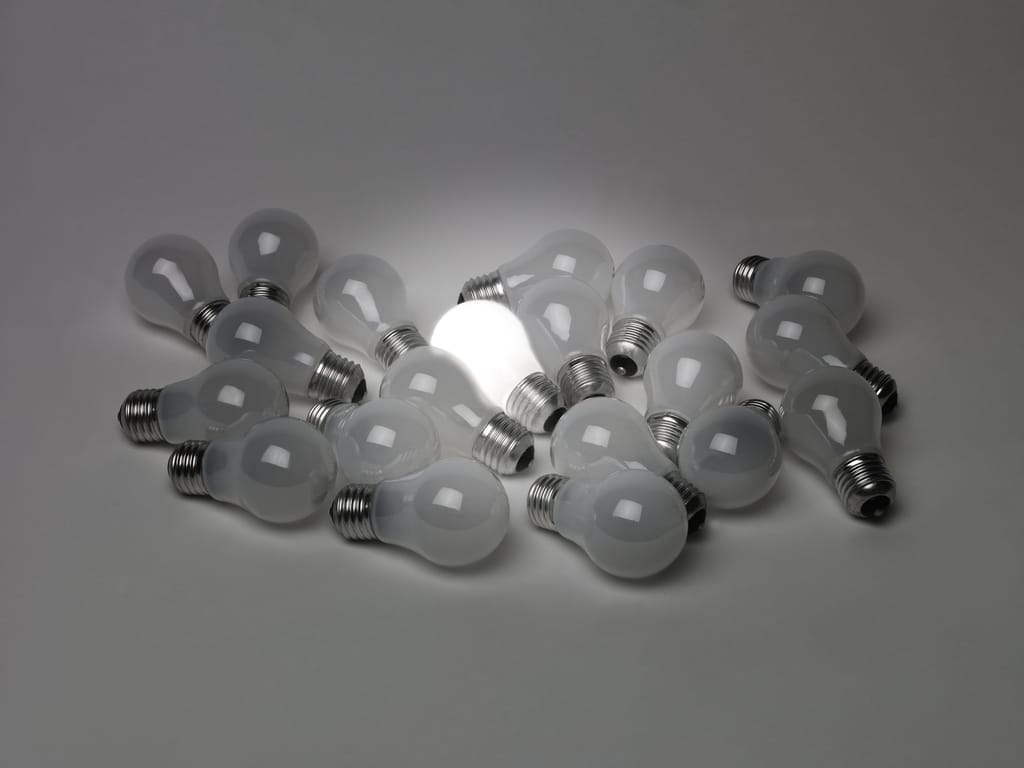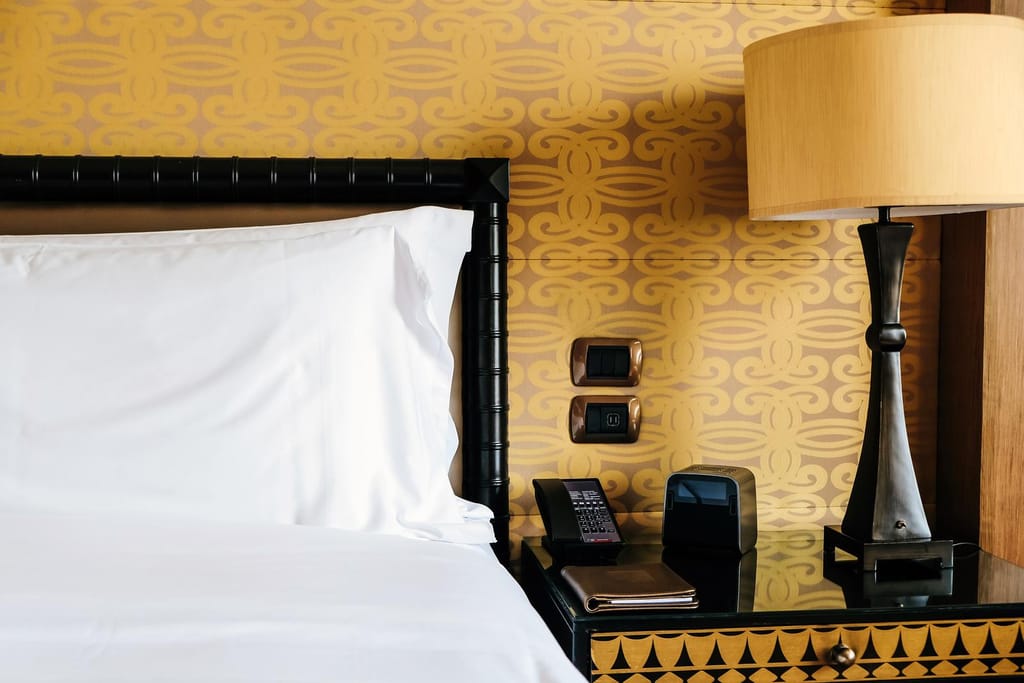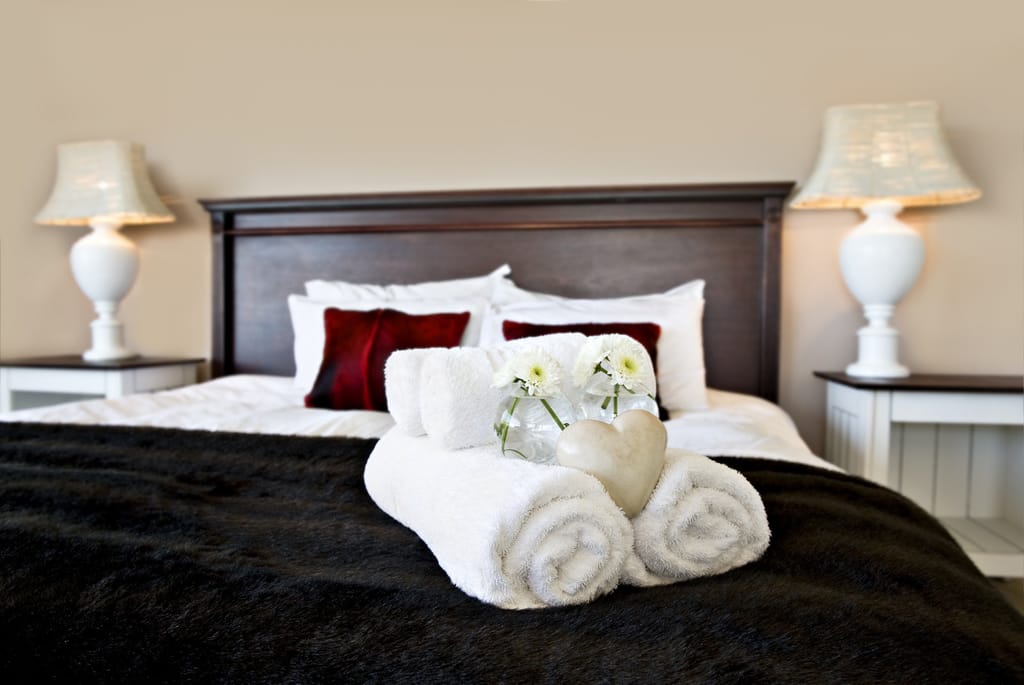How to use artificial light in interior design?
Artificial light is a powerful tool for interior design. It can create a desired atmosphere, highlight features, and even create illusions. With a few simple steps, it is possible to use artificial light to enhance any interior design. With the right combination of light fixtures, colors, and positioning, it can add a unique and stylish look to a room.

Creating the perfect light
Creating the perfect ambience with artificial light requires careful consideration of the elements available. Whether the goal is to brighten a space or create a cozy atmosphere, there are several steps to follow in order to achieve the desired outcome.
The first step is to identify the purpose of the lighting. Is it intended to be a mood setter or for task-oriented purposes? Knowing the purpose of the light will help determine the type of lighting needed, such as overhead, recessed, track, or accent lighting. The next step is to determine the desired intensity of the light. You may need a brighter light for task-oriented purposes, while a softer, less intense light may be desired to create a warm atmosphere.
Once the type and intensity of lighting have been established, consider the color of the light. Cooler tones such as whites, blues, and greens are often used to create a bright, energizing atmosphere. Warmer tones like yellows and oranges are often used to create a cozy atmosphere.
Finally, the type of bulb or fixture should be chosen. LEDs are a popular choice as they are energy efficient, long lasting, and available in a variety of colors and intensities. Incandescent and halogen bulbs are also options, but they are less energy efficient and have shorter lifespans.
Enhancing the ambiance
Natural lighting can make a room feel bright and airy, while artificial light can add a touch of elegance and sophistication. Whether you’re looking to create an inviting atmosphere or an eye-catching space, there are ways to combine natural and artificial light to enhance the beauty of your interior design.
One of the best ways to use natural light to enhance interior design is to maximize natural sunlight. Incorporating large windows, skylights, and other sources of natural lighting can bring a sense of brightness and life to a room. Light-colored walls and furnishings can also help to reflect natural light, making it appear brighter and more inviting.
Artificial lighting is another great way to enhance interior design. From floor lamps to ceiling fixtures, you can create a variety of lighting effects to suit your style and mood. By placing multiple sources of light, you can create a balanced and inviting space. To achieve a warm, cozy atmosphere, use dimmers to adjust the intensity of the light. You can also use colored light bulbs to create unique lighting effects that can set the tone for a room.
For interior design, the key is to find the right balance between natural and artificial light. Too much natural light can make a room feel overwhelming, while too much artificial light can make a room feel sterile. Experiment with different sources of light to find the right mix that works for you.

Choosing the best fixtures
Lighting has the power to create a certain atmosphere and set the mood of a room. It is important to choose the right light fixtures for your interior design project.
The first step is to consider the type of lighting you would like to use. There are many different artificial light fixtures to choose from, including recessed lighting, chandeliers, pendants, wall sconces, and floor lamps. You should determine which type or types of light fixtures will best fit the style and function of your space.
Next, evaluate the size and shape of the room or area that you are lighting. Consider the ceiling height, wall size, and the size and shape of any furniture. This will help you determine how much light you need to illuminate the room. It will help you judge how many light fixtures you need to achieve the desired lighting effect.
Select a light fixture that will be in keeping with the overall style of the room. Look for fixtures that complement the colors and textures of the furniture and decorative elements. Consider the type of bulb that you need. For example, if you are lighting a living room, look for fixtures that are compatible with warm white light bulbs for a cozy, welcoming atmosphere.
Combining light sources
Use artificial light to supplement natural light. Natural light is a substantial source of illumination for any space, but it is not always enough to light an entire room. To get the most out of your interior design, use artificial light fixtures to supplement natural light. This will help create an even, balanced lighting scheme throughout the room.
Balance the intensity of artificial and natural light. Artificial light should enhance natural light, not overpower it. To get the right balance, use lower wattage bulbs in artificial light fixtures and place them around the room to create a natural-looking lighting scheme.
Choose the right type of artificial light. When selecting artificial light fixtures for your interior design, consider the type of light bulbs that best complement your space. For example, if your room has a modern, contemporary feel, opt for LED lights. If you want a warm and inviting atmosphere, consider using incandescent bulbs.
Consider the color temperature of the light. The color temperature of the light can have a tremendous impact on the overall look and feel of the room. Warmer light (yellow-orange tones) can create a cozy atmosphere while cooler light (blue-white tones) can make a room feel brighter and more energized.
Position light fixtures. The placement of light fixtures can also affect the atmosphere of a room. For example, a ceiling fixture can cast a soft, even glow throughout the room, while a standing lamp can create a more focused lighting effect.

Optimal illumination
When using artificial light in interior design, the goal is to balance task lighting that illuminates specific activities, and ambient lighting that creates a general overall atmosphere. The best way to achieve this balance is to use a combination of different light sources.
First, consider the task lighting. You should direct this type of lighting towards any area that requires the most illumination, such as work surfaces or reading areas. Task lighting should be bright, but not so bright that it creates an uncomfortable glare.
Next, consider the ambient lighting. This type of lighting is used to create a pleasant atmosphere in the room. It should be bright enough to light up the space, but not so bright that it creates an unpleasant glare. You can achieve ambient lighting by using a variety of sources, such as ceiling lights, wall sconces, or floor lamps.
Consider the accent lighting. This type of lighting is used to highlight certain features of the room, such as artwork or architectural elements. Accent lighting should be bright enough to draw attention to the feature, but not so bright that it creates an uncomfortable glare.
Conclusion
Artificial light can be a powerful tool in interior design. It can shape and define a space, create atmosphere and make a room feel more inviting and comfortable. By understanding the basics of how to use artificial light, you can ensure your design project is successful and looks great.
Reference
- C. (2018, July 6). The importance of artificial light in architectural design. The Decorative Surfaces. https://www.thedecorativesurfaces.com/en/artificial-lighting/
- Coloraza Interior Design. (2020, October 16). Artificial Lighting in Interior Design [Video]. YouTube. https://www.youtube.com/watch?v=niSZFM5TDps
- Martino, G. (2023a, February 17). Artificial Lighting in Interior Design. ArchDaily. https://www.archdaily.com/962950/artificial-lighting-in-interior-design
- Martino, G. (2023b, March 6). How to Use Artificial Lighting as a Decoration Element. ArchDaily. https://www.archdaily.com/997067/how-to-use-artificial-lighting-as-a-decoration-element